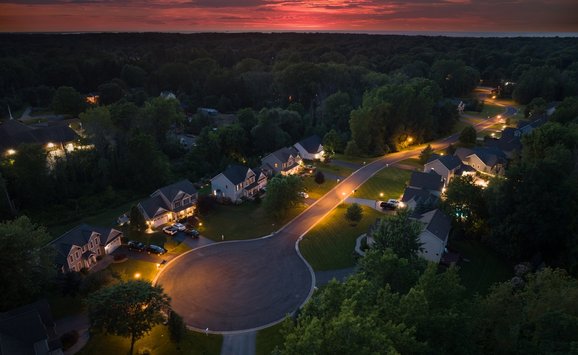The DC Circuit released its opinion today in Coalition for Responsible Regulation v. EPA (and related, consolidated cases) - all challenges to EPA’s regulation of greenhouse gases under the Clean Air Act. All four elements of EPA’s regulatory program that were challenged survived intact. This is big news, though not unexpected. Most observers thought the challenges were a long shot at best.
One exception to that view is the agency’s “Tailoring Rule”, which essentially rewrites part of the statute to avoid requiring vast numbers of small-time emitters to get permits. EPA claimed “administrative necessity” required it to make the change, avoiding “absurd results”. These are last-resort legal arguments.
The court didn’t address them, however, since it found the petitioners did not have standing to challenge the Tailoring Rule. It is possible that another party with standing could be found, and the challenge brought again. But it will be difficult since the result of the rule is less regulation - it’s hard to find someone who can claim to be harmed by it.
This isn’t a big surprise either. Even among those who thought (and probably still think) that the Tailoring Rule is the most legally suspect part of EPA’s regulations, standing was viewed as a big, possibly insurmountable problem for the petitioners to overcome.
The court did reach the merits on two other rulemakings, the Endangerment Finding and the Tailpipe Rule. In both cases it ruled for the agency, preserving the rules. Again, this isn’t surprising, but it’s a big deal. Had the endangerment finding gone down, it would have at least stalled - and possibly halted permanently - any GHG regulation by the EPA. That regulatory program is on much sounder legal ground now.
It’s not immediately clear whether the petitioners will appeal to the Supreme Court (and, of course, whether the Supremes would hear the case).
If anything interesting emerges from a close reading of the opinion, I’ll post more here.
The court’s summary of the holding:
...for the reasons set forth below, we conclude: 1) the Endangerment Finding and Tailpipe Rule are neither arbitrary nor capricious; 2) EPA’s interpretation of the governing CAA provisions is unambiguously correct; and 3) no petitioner has standing to challenge the Timing and Tailoring Rules. We thus dismiss for lack of jurisdiction all petitions for review of the Timing and Tailoring Rules, and deny the remainder of the petitions.
UPDATE:
I should have mentioned that the decision was 3-0 - no judge dissented.
Ann Carlson has a good summary of the backstory of the case at Legal Planet. She predicts, correctly I think, that the standing analysis would be the most vulnerable part of the ruling if it were reviewed by the Supreme Court. If the higher court finds the petitioners do have standing, the DC Circuit would have to revisit the Tailoring rule and evaluate it on the merits.





